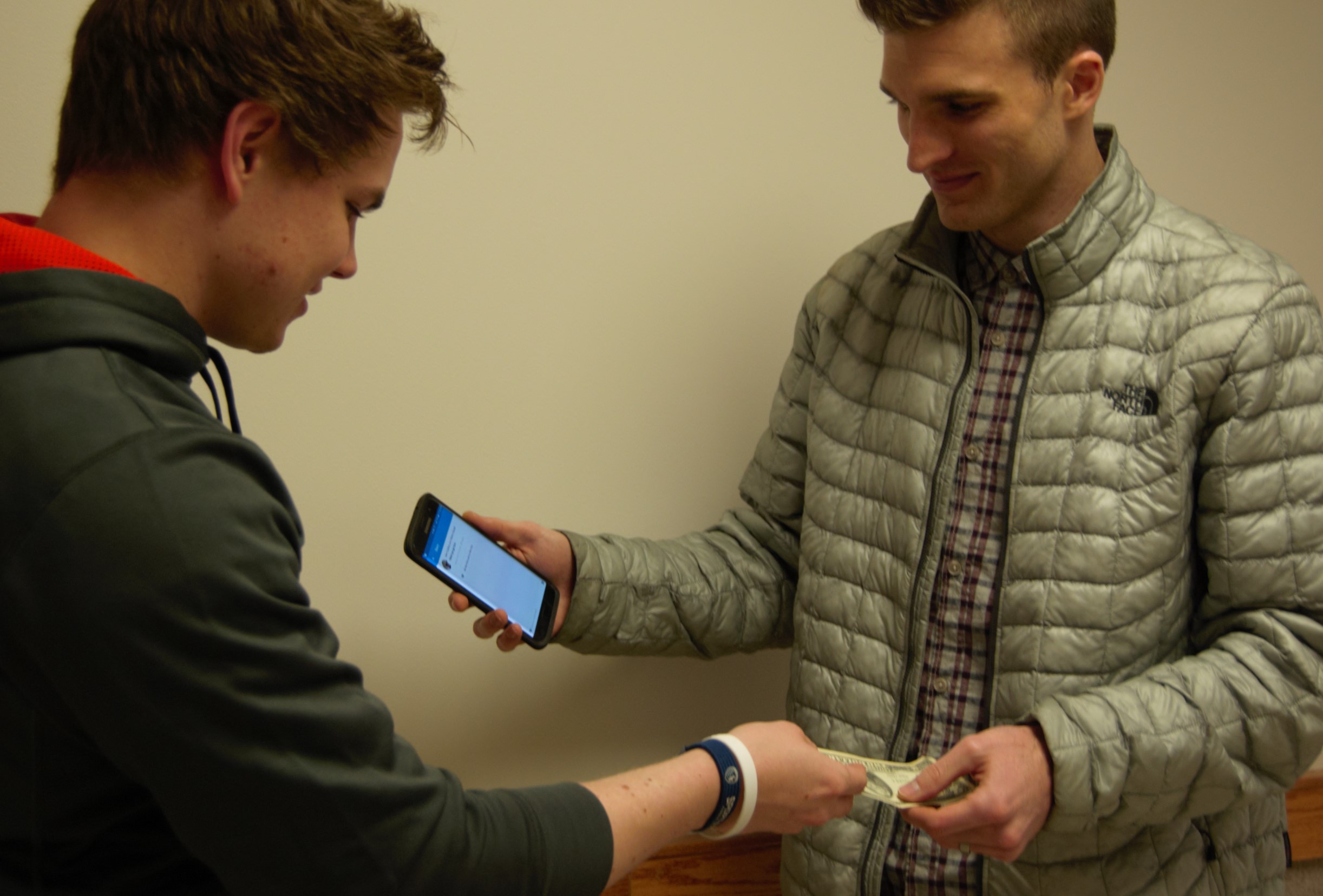
Venmo, an online payment app, is used by BYU students to conveniently pay utilities and settle expenses without carrying around cash or a card.
BYU finance student Jake Gubler has been using Venmo for two years because his previous roommates used Venmo to pay their apartment utilities.
“Venmo recently came in handy when I paid for a double date with my younger brother and he wasn’t paying me back as timely as I hoped,” Gubler said. “So I simply ‘requested’ the payment every hour for a day straight and got paid quite quickly after that.”
Gubler said the ease of the app is one of his favorite aspects of Venmo, and he is satisfied with all the features.
Venmo offers a unique social user experience, allowing users to request money and add emojis and descriptions for the transactions.
Venmo excels in social engagement, which is the company’s “secret sauce,” said Josh Criscoe, Head of Corporate Affairs and Communications for Venmo, in an email.

BYU international relations student Stephen Faulkner has been using Venmo for four years.
“Like most people, I use it as a convenient way to transfer funds between friends,” Faulkner said. “It’s basically a solution to your friend owing you money.”
Faulkner said he likes how he can track his transactions on Venmo.
“A group of friends and I went out to dinner. Rather than getting 10 different checks, we had one person pay for it all,” Faulkner said. “Afterwards, we could all Venmo him the money he was owed.”
“Most activity between friends takes place on the weekends, and if you make a transaction Saturday evening, it’s not uncommon for you to not get the money until Tuesday, or even Wednesday,” Faulkner said.
Criscoe said Venmo announced they were launching a way for users to pay with Venmo in select apps last year.
“Right now, this is only available to a selection of merchants, but we intend to rapidly increase the number of businesses accepting Venmo as we move through 2017,” Criscoe said. “It’s important to note that using personal Venmo accounts for business or commercial activity is prohibited.”
He warns users to avoid payments with people they don’t know, especially if it involves the sale for goods and services.
“These payments are potentially high risk and can result in losing your money without getting what you paid for,” Criscoe said. “At this time, Venmo does not offer buyer or seller protection, and business usage of Venmo requires an application and explicit authorization.”
Criscoe said the simplicity of design, ease-of-use and social engagement are the company’s greatest strengths.
“Venmo has become the standard for how millennial customers think about peer-to-peer payments and we’re focused on extending that reach to new contexts,” Criscoe said.
Other applications like Square Cash, Google Wallet and Zelle also allow users to transfer funds.




